Siberian Husky
Siberian Husky is a loyal, outgoing, and athletic dog breed with beautiful blue or multi-colored eyes. This is a sled dog with great endurance that was developed to work in packs to pull light loads. Because they are pack animals they enjoy family life and will get along with everybody. Before you start your search for Siberian Husky breeders make sure to learn everything about this dog breed so you can be sure that it is the right dog for you.
Although they can be good dogs, they require early socialization and training otherwise, your dog can develop behavior problems. These dogs can be challenging for first-time owners. Their beauty will often drive people to purchase them, but in most cases, they are unaware of their difficult traits. If you put in the work and time you can help your dog grow into an excellent pet with whom you will have no problems.
But to be able to do so, you must know everything there is about them and what is the right approach for this dog breed. If you are not sure how to properly train and socialize Siberian Husky ask for professional help. If you do all these things, you can be sure that your Siberian Husky will make a wonderful family companion.

Height:
20-23,5 in (50,5-60 cm)

Weight:
30-60 lb (15,5-28 kg)

Origin:
USA

Life Expectancy:
12-15 years
Dog Breed Characteristics
They are medium size dogs, very strong, fast, and agile. Their body is covered with thick fur, and their coat is the main reason why they tolerate low temperatures so well. They will rarely get fat because their body requires a lot of movement.
Eye colors
Huskies' eyes are something they are known for. They can have both eyes of the same color but can also have, for example, one brown and one blue eye. Many of them have what is called “a pinto eye” or “a split eye” when an eye is both brown and blue.
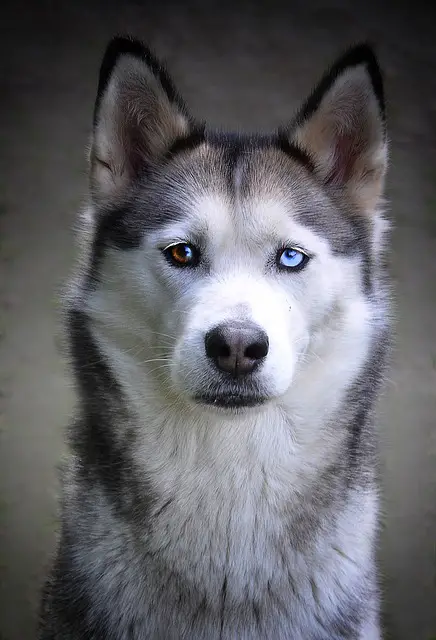
FUN FACT: Some Siberian Huskies have partially pink and partially black noses. This is called a “snow nose” and it is a common occurrence in this breed. “Snow Nose" is acceptable in the show ring.
Coat and care
Their thick coat is mostly black and white. Sometimes, Husky will carry shades of brown and grey. There are also Huskies with a pure white coat that is extremely rare.
Huskies shed. A lot!! Their coat is made for the cold, harsh climate, and they have an undercoat and a topcoat. Because of this, these dogs can withstand temperatures as low as -50 to -60 C (-58 to -76 F).
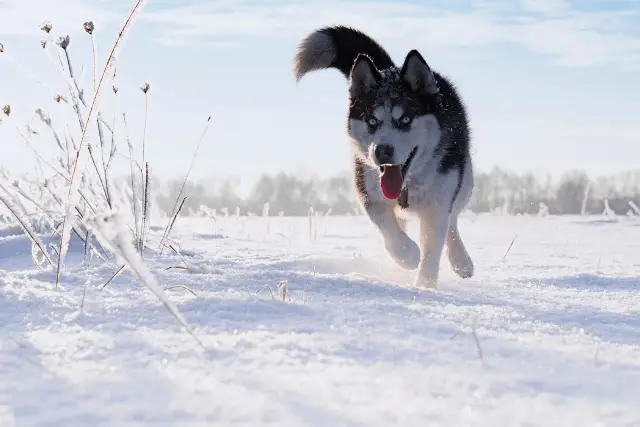
Most of the hair falls off in the spring and fall. That is the time Huskies „blow“ their coats. This means that the undercoat sheds heavily, and a new topcoat grows in. During this period, daily vacuuming and grooming are obligatory. Because Huskies are made for a cold climate, they overheat easily.
When it is warm outside, make sure your Husky is provided with enough water and that the dog can go to some colder place where it can cool off. Other than often grooming during the coat-blowing season, Huskies don't require a lot of maintenance. No trimming or shaving is required, just occasional brushing to keep the coat clean and shiny. Huskies' nails should be clipped periodically when needed.
FUN FACT: Huskies need very little food to survive. This is a result of very high metabolism and the fact that their ancestors were trained to travel long distances with heavy loads on the smallest amount of food.
Behavior and training
The Siberian Husky is a charming dog with mischievous and playful nature. It is an alert and adaptable, extremely intelligent dog. Although the Siberian Husky is one of the most beautiful and intelligent breeds, this dog is not for everybody. They go along well with people, children, and other animals and can make excellent family dogs, but they are not typical family pets.
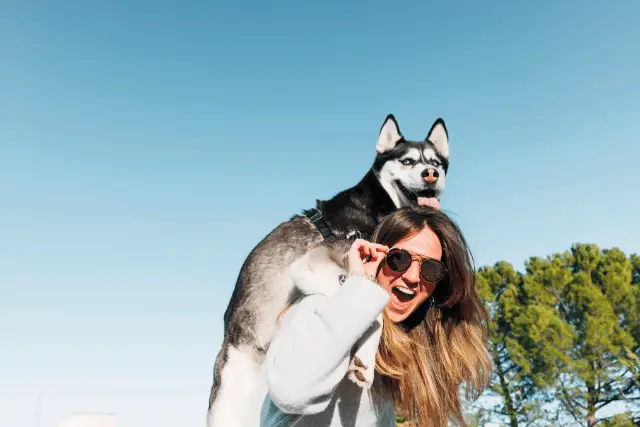
They have a mind of their own, they are independent and not too eager to please people. They are affectionate, sure, but they don’t need your constant attention. People often get a Husky because of their beautiful exterior, but, those people are often not prepared for owning a Husky. This is why this breed is a prime candidate for shelters. Huskies are very smart but also very difficult to train.
Huskies need firm obedience training, and they need it from day one in a new family. They are pack animals, and naturally, their owner needs to be an alpha. When you gain your Husky’s respect, you can train it. There is one trick you can use to establish your leadership role. Make your dog wait to eat. This way, the Husky will think of you as the keeper of valuable resources.
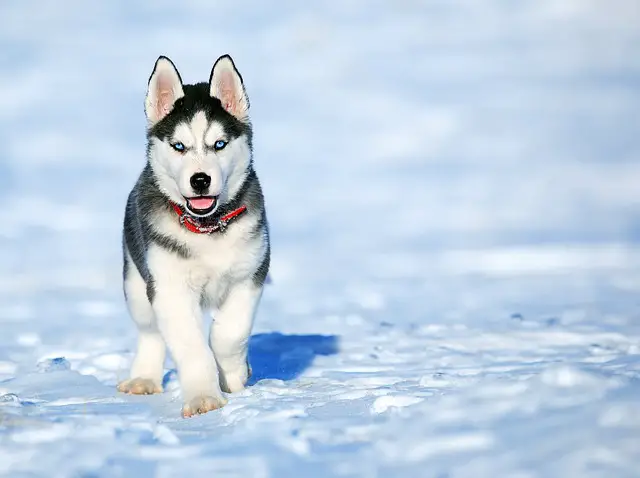
Howling
Huskies are also known to be escape artists. Their instinct makes them roam around and explore. This is the reason why they shouldn’t be walked off-leash.
They are usually very quiet dogs. Huskies bark rarely and don’t make good watchdogs. You cannot count on them to alert you if there is an intruder on your property. However, they do like to howl and can be heard up to 15 km away, so your neighbors might not be the happiest.
The Siberian Husky - energy
The Siberian Husky is a highly energetic dog that must be given the right outlet to burn all of its energy. Remember – a bored Husky is a troubled, destructive Husky. This dog should be with a family that can provide it with long walks, hikes, runs, and social outings. They have an instinct to explore and roam, so you should always keep an eye on your Husky.
These dogs love to dig – it is natural to dig holes where they would lie down and cool off. Provide your Husky with a place where the dog can dig freely. This way, your dog will be satisfied and won’t destroy your whole yard.
FUN FACT: Siberian Huskies often curl up when going to sleep and they put their furry tails over their faces, covering their nose to provide additional warmth. That is called “the Siberian Swirl.”
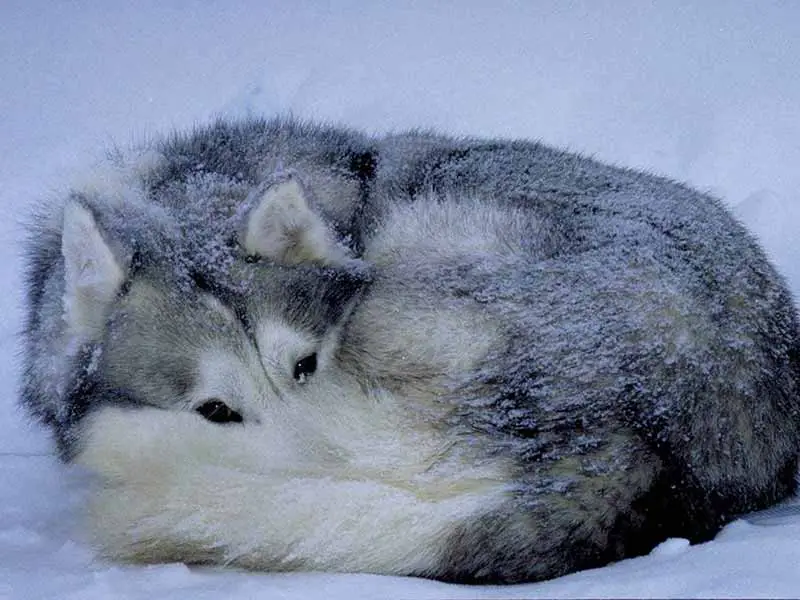
Socialization
From the puppy age, you must start with socialization if you want a well-behaved dog. If you are a first-time owner and don’t know what is the right way to socialize your dog, we advise you to search for professional help. While the dog is young expose him to many different people, sights, and sounds so he can get used to many different situations.
Leash training is also very important because these dogs should never be left off the leash if they are not in a fenced area. Because they love to run and chase things and animals, they can easily get lost. They are dogs with a high prey drive, which is also a good reason to not let your dog off the leash.
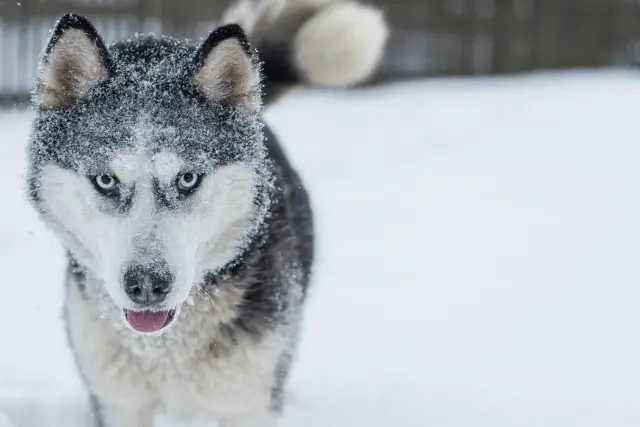
Siberian Husky and kids
Huskies make excellent pets for households with children. They are very tolerant of children but your children must know what they can and cannot do with the dog. Before letting them play together, you must teach your kids how to make proper interaction with the dog. When you let them play, we advise you to always supervise them so you can be sure that there will not be any unwanted behavior.
Siberian Husky and other animals
If they are socialized properly they will get along with other dogs. Because of that is extremely important that you start with socialization while they are young. Take your dog to the dog park so he can get used to other dogs. Because they have a high prey drive, you will need to be careful with other smaller animals, such as rabbits, squirrels, and cats.
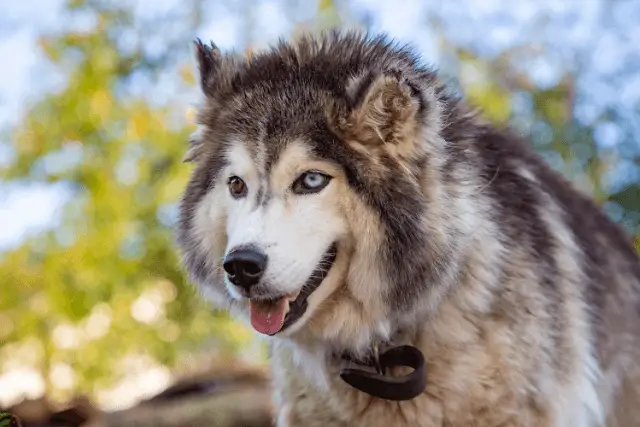
Even with socialization, they will want to chase them. With dogs and other pets in the household, they will get along excellently, especially if they are raised together from puppyhood.
Balto movie
The Siberian Husky gained worldwide popularity with the movie “Balto.” Balto is an animated adventure movie based on a true story about the dog that helped save the children from the diphtheria epidemic in Nome, Alaska by running the final 53-mile leg.
The main character in the movie is Balto – a young wolfdog who is, because of its background and the fact that he is half-wolf, shunned by people and by dogs. His only dog friend is a red Husky named Jenna. Balto often gets bullied by the town’s favorite sled dog – an arrogant Siberian Husky named Steele, who also likes Jenna.
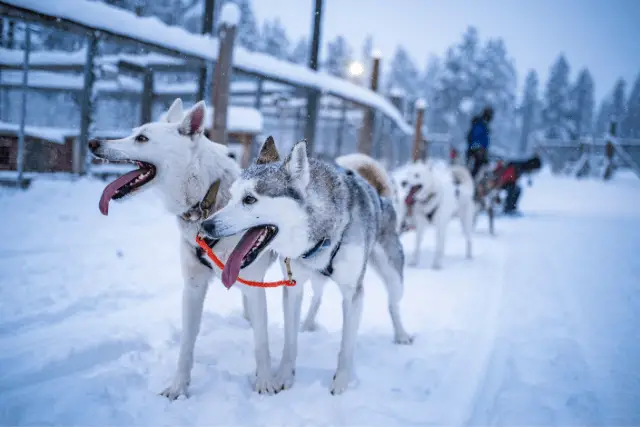
As said, there was the diphtheria epidemic in Nome, and winter weather conditions made it impossible for the cure to be brought to the sick children by sea, air, or by the rails. A dog race was held in the city to decide which dogs are the best to make the sled team and be sent to get the medicine. Balto won, but Steele sabotaged him, so he wasn’t picked to be part of the team.
The sled team was successful in picking up the medicine, but when they were going back to Nome, weather conditions got even worse and the sled team couldn’t make it. Balto decided to find the team and bring them home. After overcoming a lot of obstacles, Balto eventually finds the team and wants to take them home but Steele keeps attacking Balto because he doesn’t want his rival to guide them home.
He leaves his team and Balto and goes home alone, leaving fake markings on the trees, hoping that Balto and the team will get lost. But, thanks to his highly developed sense of smell, Balto can filter out the false markings and brings the team back home with that much-needed medicine.
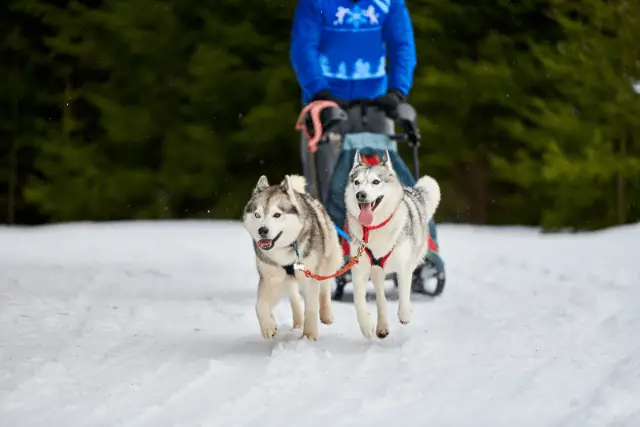
FUN FACT: There is a bronze statue of Balto displayed in Central Park (New York) since 1925.
Health issues
The average life expectancy of a Siberian Husky is 12 to 15 years. Huskies are generally healthy but are prone to certain health conditions.
Those conditions are
- hip dysplasia,
- eye problems, such as cataracts (when there is an opacity on the lens of the eye which causes difficulty in seeing), or corneal dystrophy (an opacity caused by a collection of lipids in the cornea, but it doesn’t affect the vision), progressive retinal atrophy (also an eye disorder that can cause blindness from the loss of photoreceptors at the back of the eye),
- bloat,
- allergies, etc.
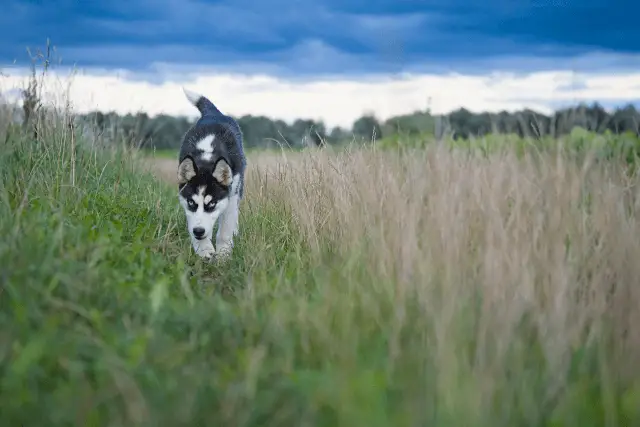
FAQ
If you know how to treat and raise a Husky, they can be wonderful pets. They are energetic and love going on adventures with their owners. They are vocal, cuddly, and will surely make you laugh.
Well-bred Huskies should never display aggression, neither towards other dogs nor humans. These dogs should be friendly and welcoming. The official Siberian Husky standard describes their character as it was intended to be.
Not necessarily, but Huskies are unfortunately responsible for many dog bite cases across the US. If they are not properly socialized, they can have behavioral problems.
This depends entirely on the preference of the future Husky owners. Females are usually mellower and calmer than males, but that behavior can be modified by neutering.
Huskies are pack animals, and they thrive on interaction and contact. They are cuddly with their owners, but not as much as some other breeds.
Huskies are known for their stubbornness. They are not the easiest breed to train, and owners will require plenty of patience and time. These dogs are intelligent and independent, so they will learn new things if you can get them to listen.
Huskies can make pretty good indoor pets if you don’t mind the loose hair, and you provide them with plenty of exercises during the day. These dogs are active and need to be trained extensively every day to be good indoor pets.
Yes, Huskies shed a lot. It is a double-coated breed that sheds moderately year-round. Twice a year, they shed their entire undercoat, and at that time, it can seem the shedding is out of control.
They could, but not for long periods. They are pack dogs, so they don’t prefer staying alone. They can easily develop behavioral issues and separation anxiety.
You should never walk a Husky off-leash if they are not in a secure, fenced area. They are extremely prone to running away.
Huskies can survive in warmer climates, but they prefer living in colder areas. They are Nordic dogs with extremely thick coats that insulate them from cold weather. They are also prone to heatstroke, so you will need to secure them with fresh water, air conditioning, and plenty of shade.
These dogs are considered intelligent, but they are also independent. They are not the easiest to train and prefer doing things their way.
Siberian Husky breeders
Because this dog breed is very popular across the world that led to puppy mills and backyard breeders who only bred dogs to earn money, without worrying about puppy health, temperament, and well-being, because of that, you must be extremely careful when searching for Siberian Husky breeders.
You must know that this is not the right breed for everybody. Many people will purchase Siberian Husky because of their unique and cute looks without knowing anything about their temperament and their needs. And because of that, many dogs get lost, killed, or are given to shelters. Getting a dog is not an overnight decision.
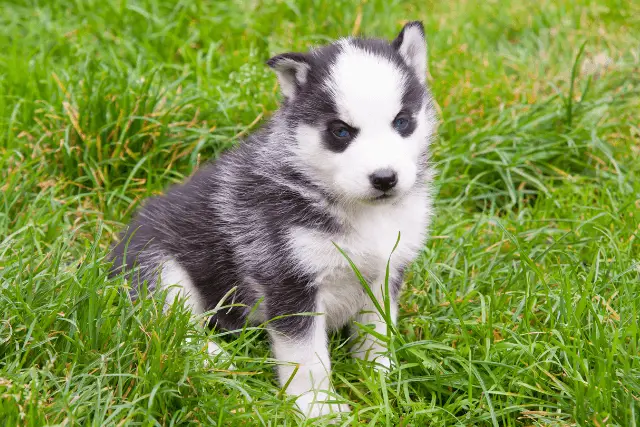
Take your time and explore the breed. If you are completely sure that this is the right dog breed for you, then start searching for Siberian Husky breeders. Like we already said because of this breed's popularity there are many bad breeders, so we advise you only to search for good and official breeders on the World Dog Finder website or at the cynological association of your country. By doing so you can be sure that you will get a pureblood dog with the proper temperament.
Because many owners leave these dogs as they cant take care of them, many shelters have Siberian Husky dogs. So if you would rather adopt a dog, search your local animal shelters because there is a good chance that you will find this dog.
Siberian Huskies are excellent companions who will with the right socialization and training get along with everybody and they will be great family dogs. They are extremely intelligent and affectionate dogs and certainly, you will not make a mistake if you decide that this is the right dog breed for you.
SEARCH SIBERIAN HUSKY BREEDERS
World Dog Finder team

Updated at31.08.2023.
Breed History
The Siberian Husky is a medium-sized working dog that is directly descended from the original sled dog, together with Samoyed and Alaskan Malamute. This breed, in particular, is believed to have originated from the Chukchi – a tribe of Siberian nomads that used these dogs mostly for transportation purposes. Husky was imported to Alaska in 1908 and was used as a sled dog and to compete in the long-distance All-Alaska Sweepstakes races.
The last Siberian Husky was exported from Siberia in 1930 because at that time the Soviet government closed the borders. After that, this dog breed continued to thrive in North America and became very popular. Siberian Husky has slightly changed compared to the Chukchi Sled Dogs but they still maintained most of their characteristics.
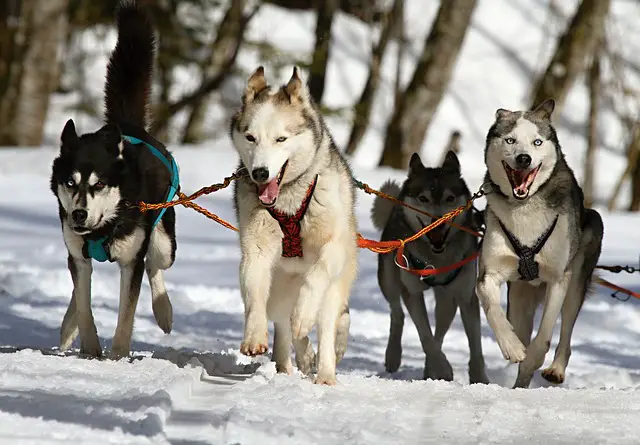
FUN FACT: The term “husky” is believed to be connected with the nickname “Esky” which once was applied to the Eskimo and later to their dogs.
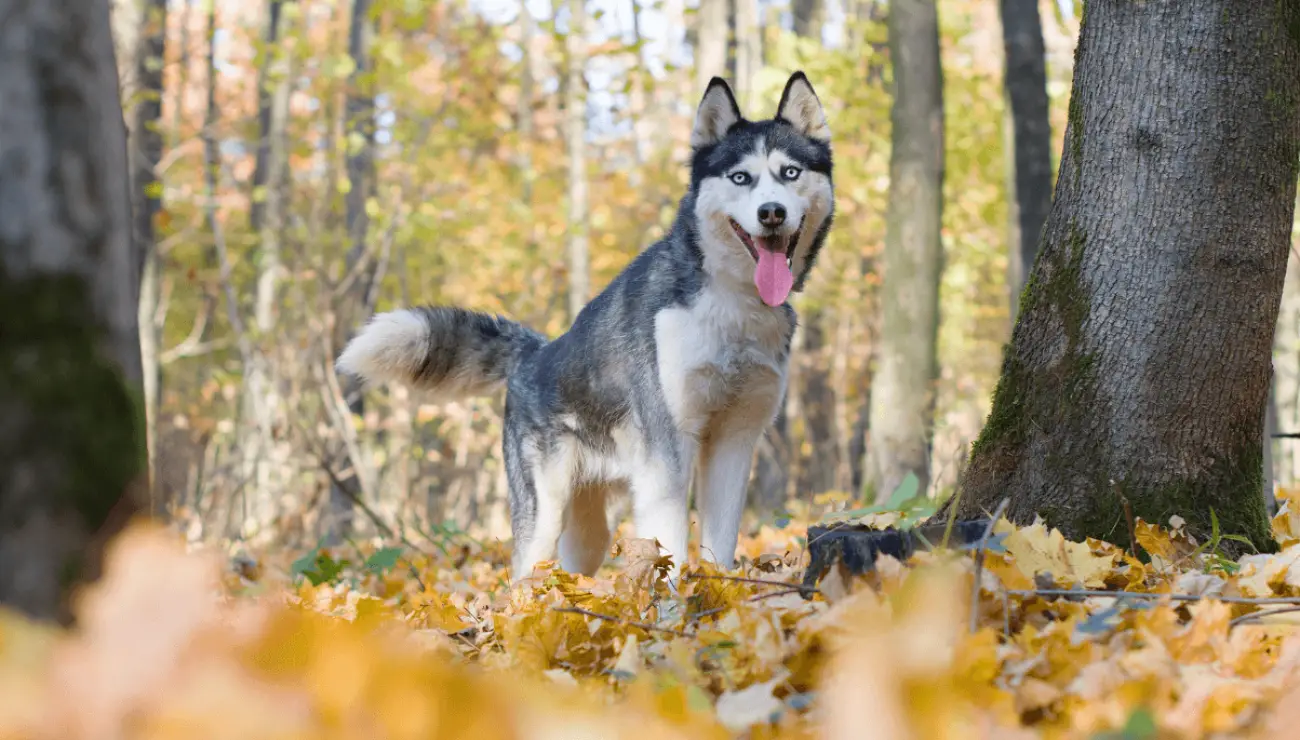
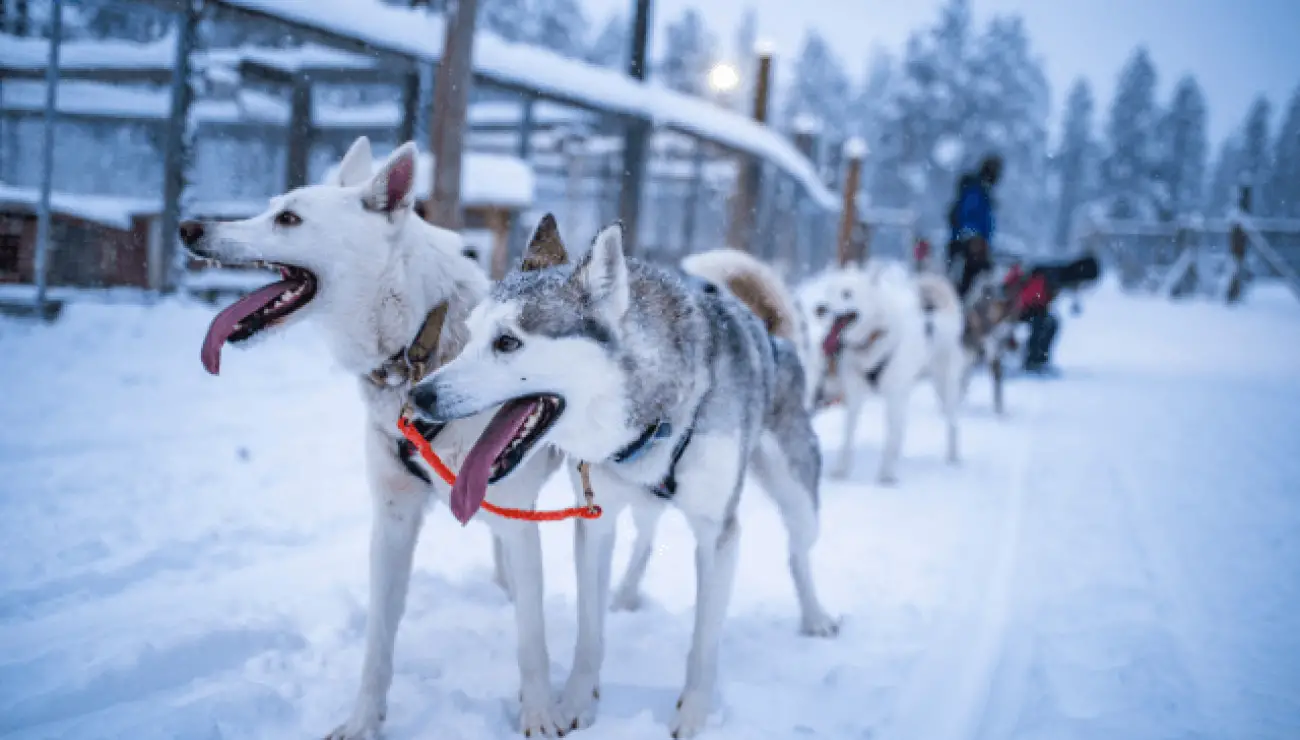
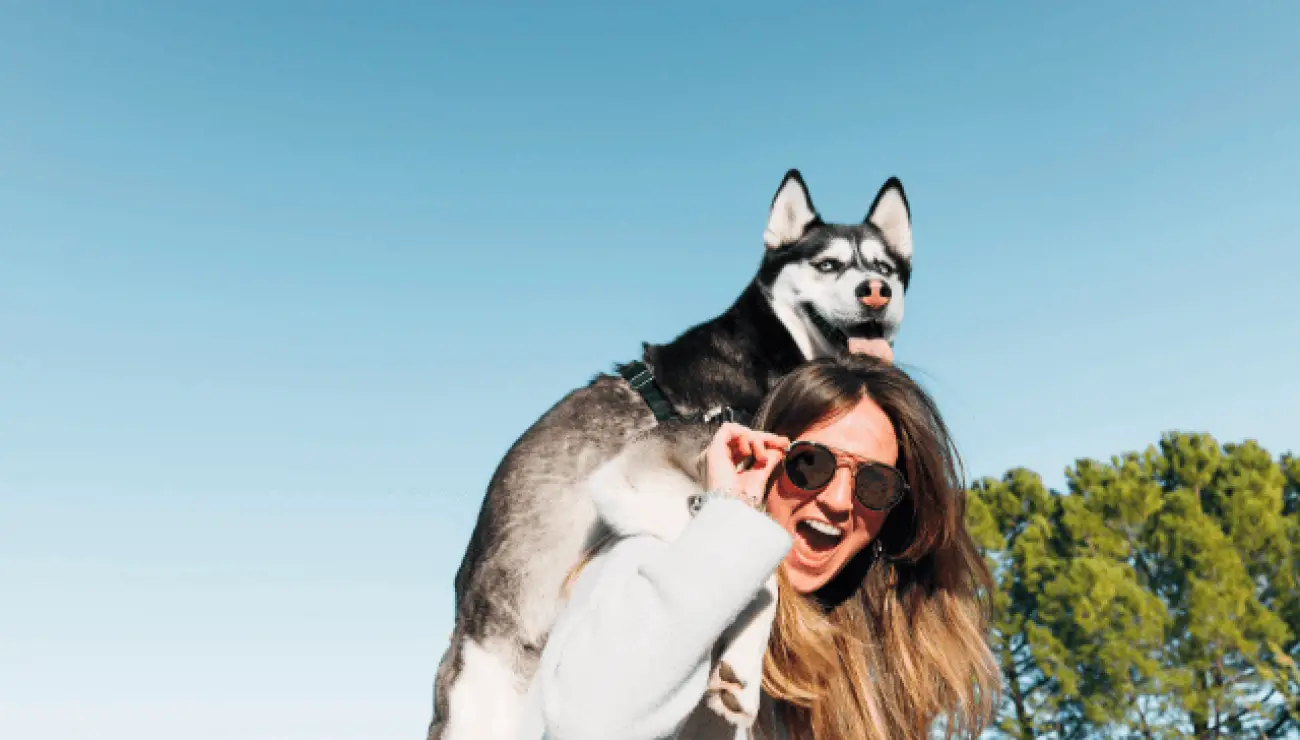
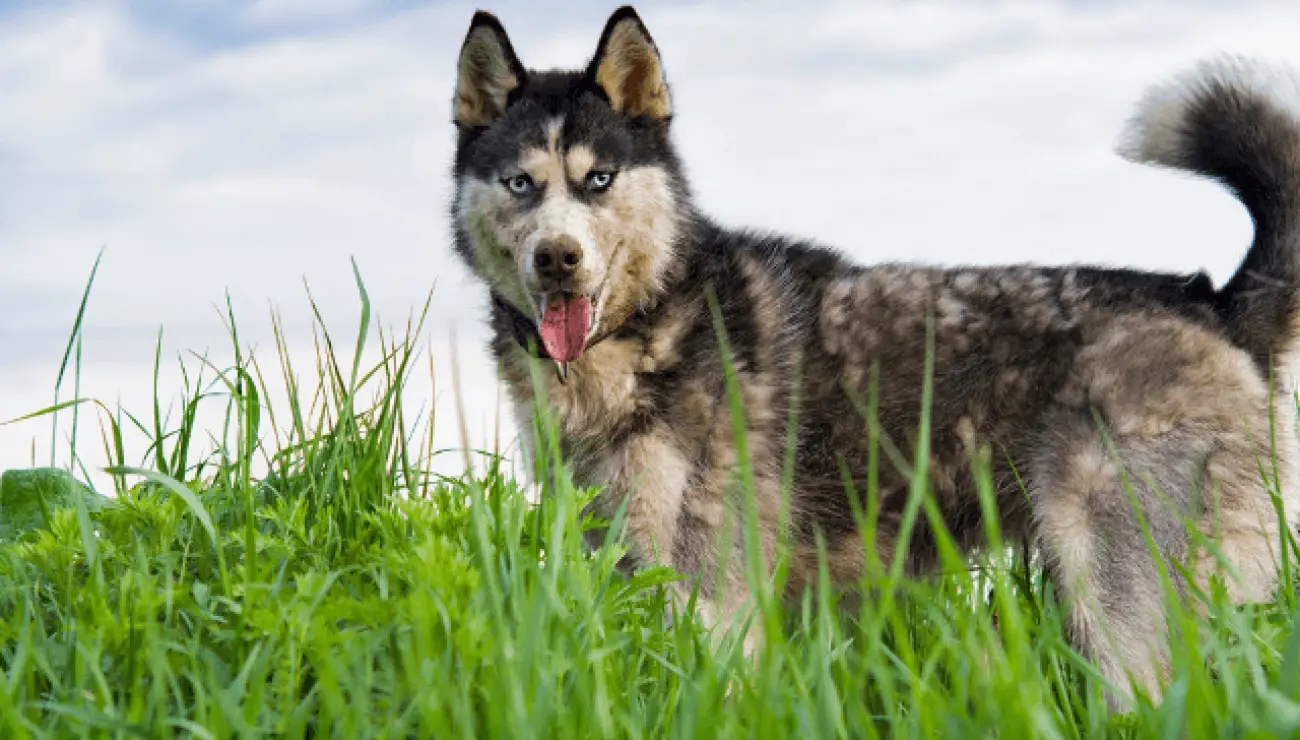
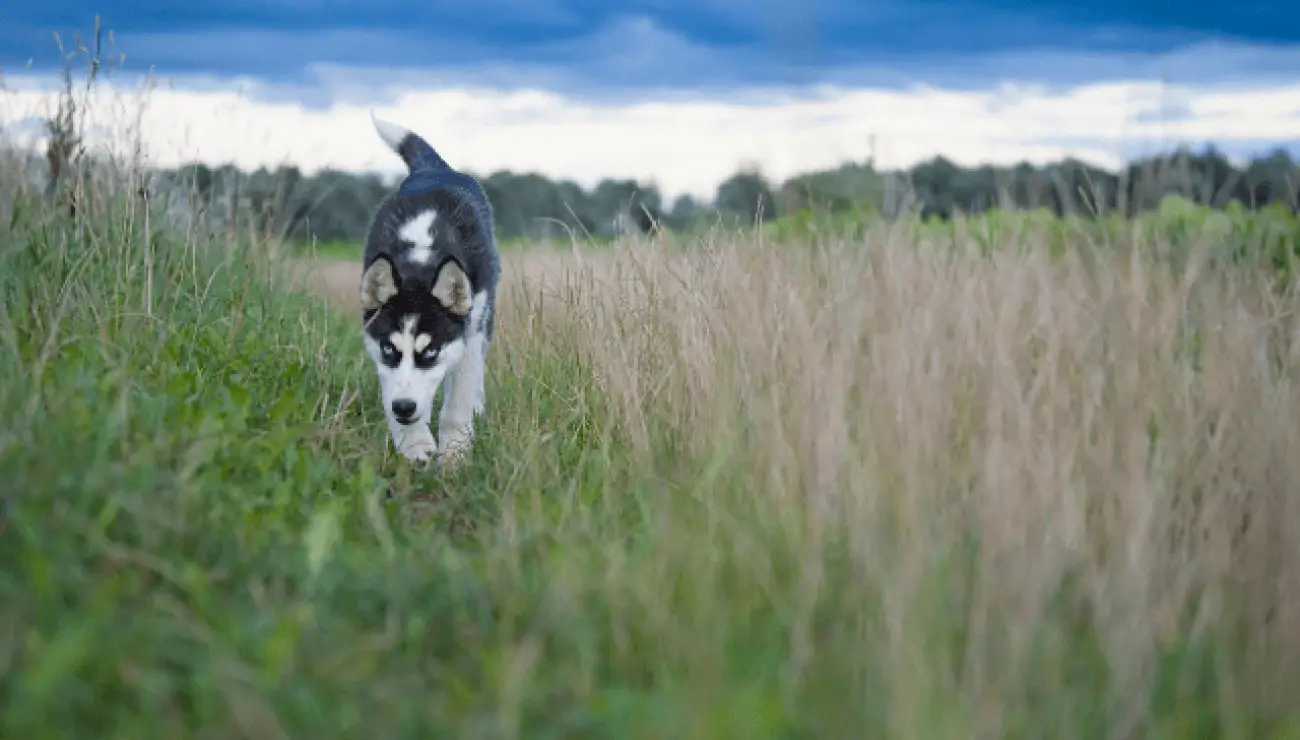
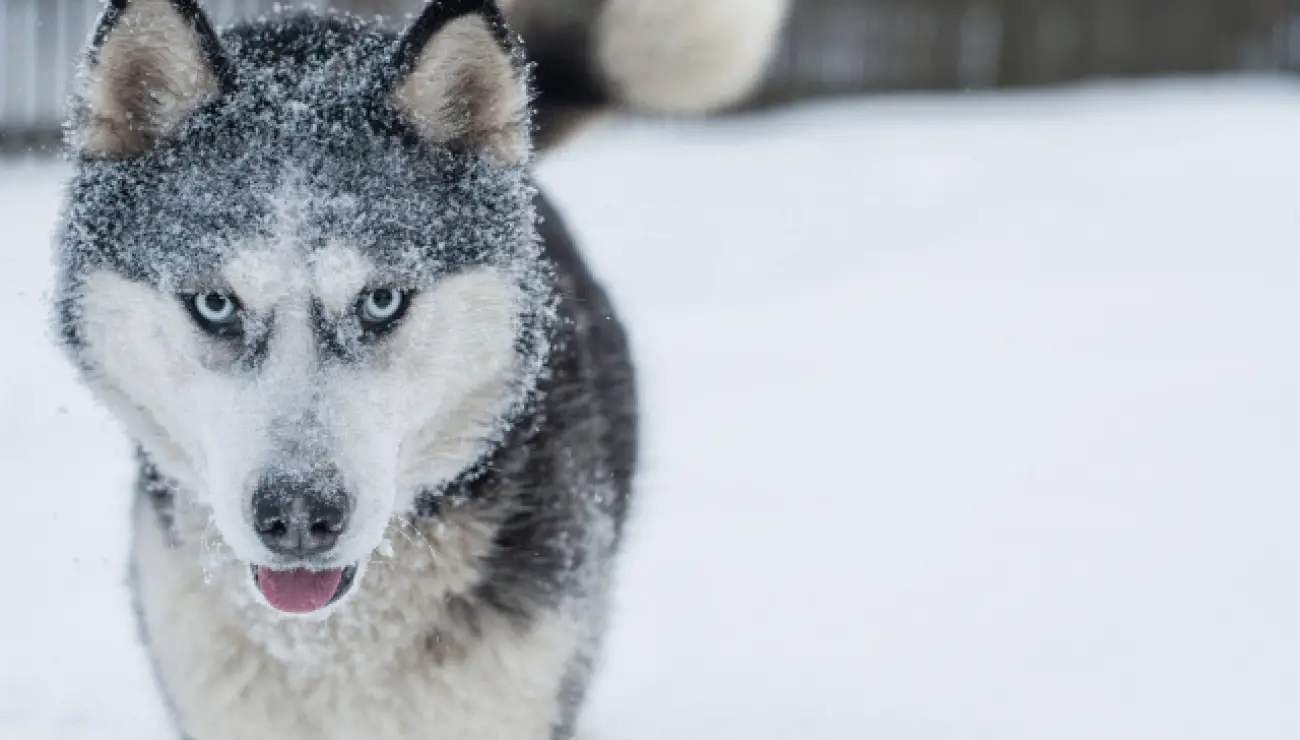
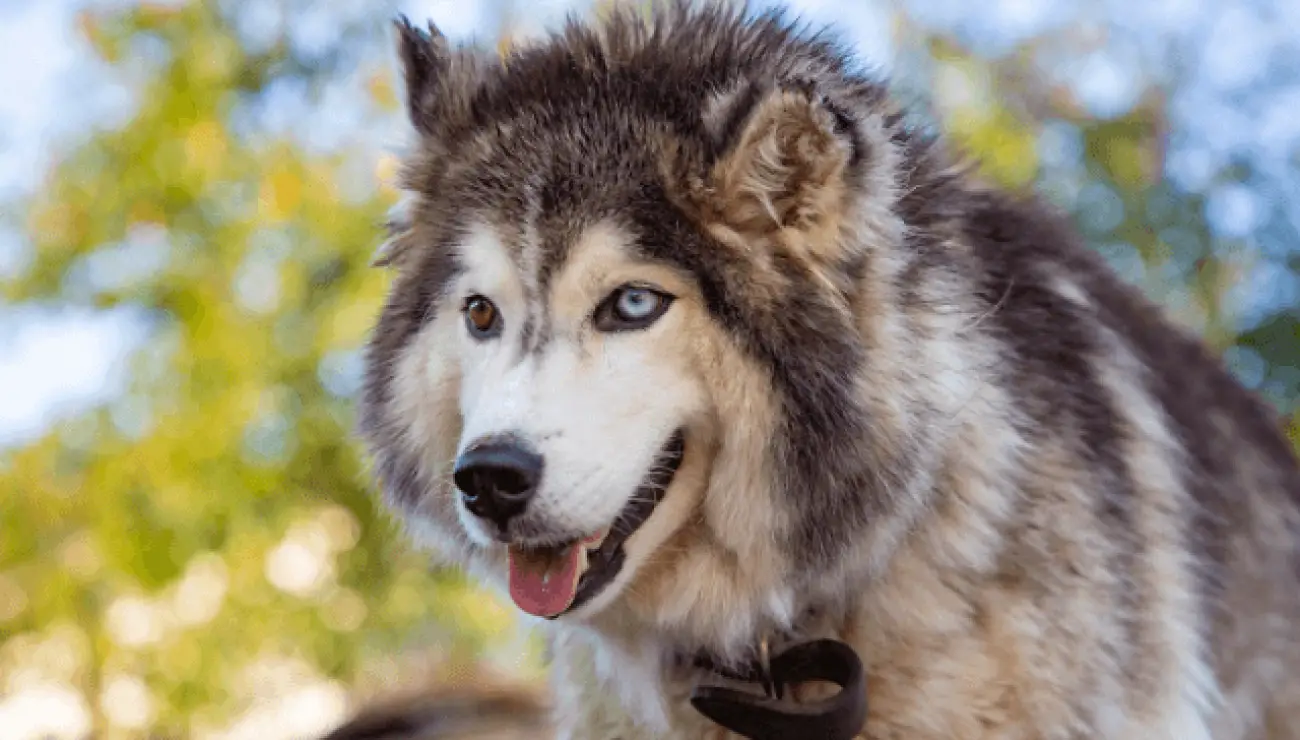
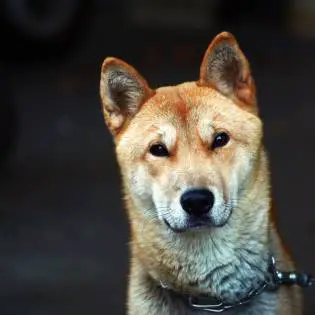
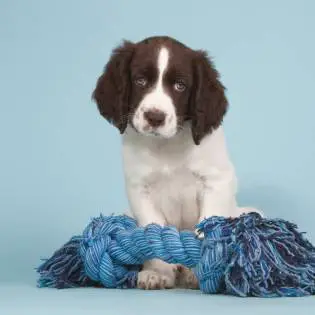
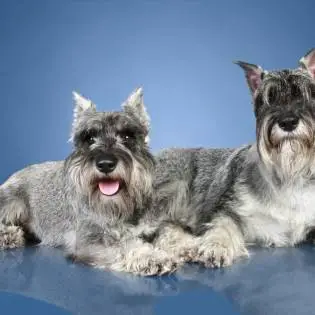
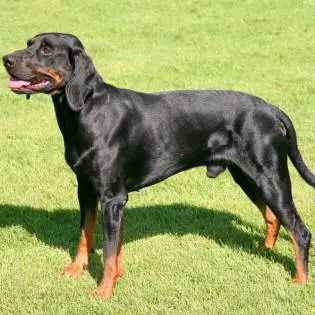
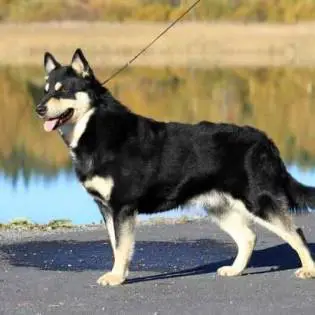
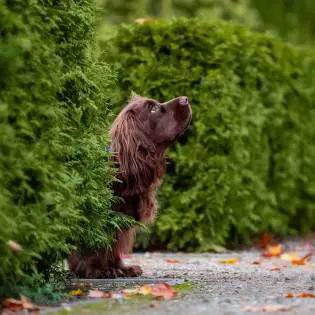
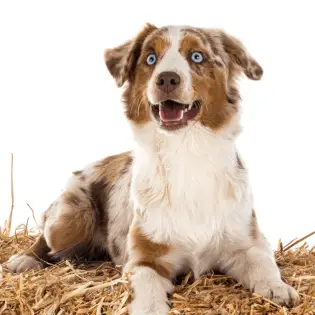
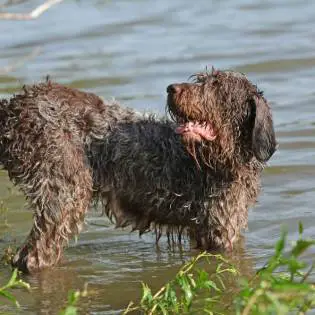
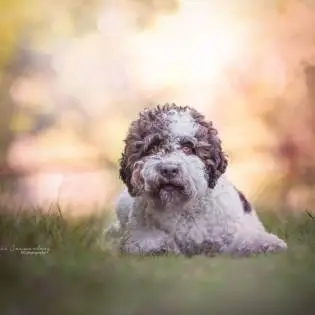
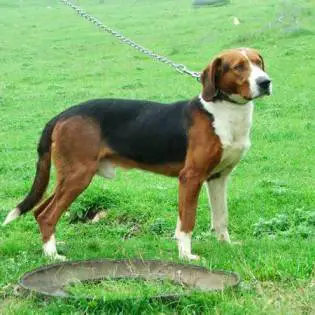

Share